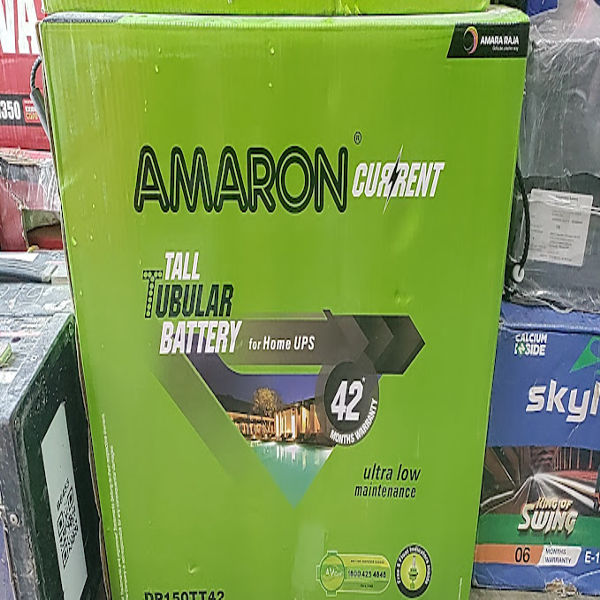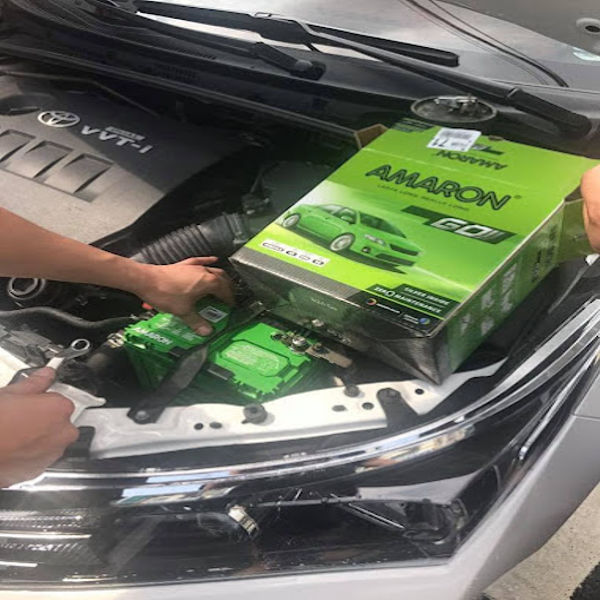Exide Technologies is a global leader in battery manufacturing, known for high-quality products and advanced battery technology. The company produces batteries for various applications, including automotive, marine, and industrial sectors. Product Range Exide offers a wide range of car batteries suitable for different vehicle types, including: Light Vehicles: Standard batteries for everyday cars. Commercial Vehicles: Heavy-duty batteries designed for trucks and buses. Hybrid and Electric Vehicles: Specialized batteries for modern electric and hybrid cars. Powersport Batteries: Batteries for motorcycles, ATVs, and other recreational vehicles. Battery Types Lead-Acid Batteries: Traditional batteries that are widely used in vehicles. AGM (Absorbent Glass Mat) Batteries: Maintenance-free batteries that provide better performance and longer life. Li-ion Batteries: Advanced lithium-ion batteries for electric and hybrid vehicles, offering higher energy density and efficiency. Battery Finder Tool Exide provides an online tool to help customers find the right battery for their vehicle by entering specific vehicle details or battery specifications. Quality Assurance Exide batteries are manufactured in certified plants across Europe, adhering to the highest Original Equipment Manufacturer (OEM) standards. The company supplies batteries to 75% of vehicle manufacturers, ensuring reliability and quality. Accessories and Support Exide offers a range of accessories, including chargers and testing equipment, to support battery maintenance and replacement. Workshops can access tools and resources to enhance service quality and profitability. Latest Innovations Exide continuously innovates, with recent developments including: Marine & Leisure Li-ion batteries featuring a \'sleep mode\' function for energy efficiency. Recertification of their Marine & Leisure battery range, ensuring compliance with industry standards. Conclusion Exide car batteries are designed to meet the diverse needs of modern vehicles, combining advanced technology with high-quality manufacturing. Their extensive product range, commitment to quality, and innovative solutions make them a trusted choice for consumers and automotive manufacturers alike. For more detailed information, you can visit their official website or use their battery finder tool to select the appropriate battery for your vehicle.
Send Message







